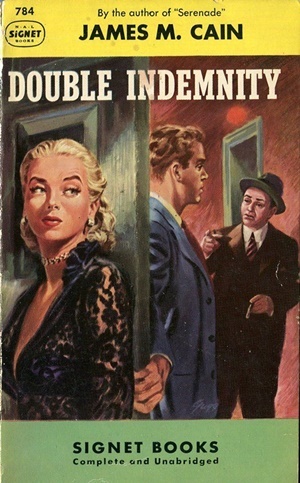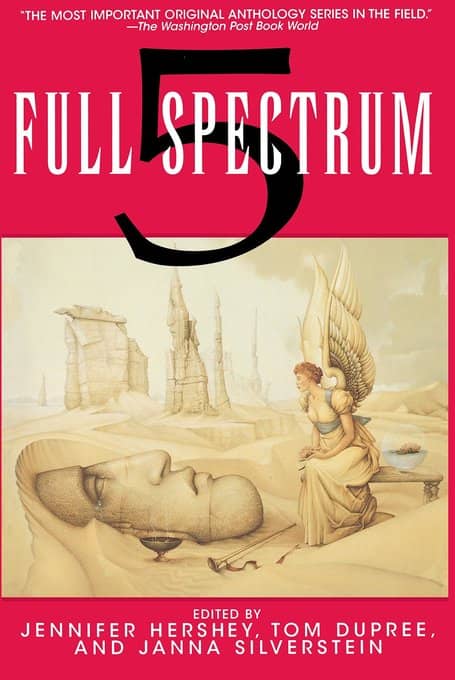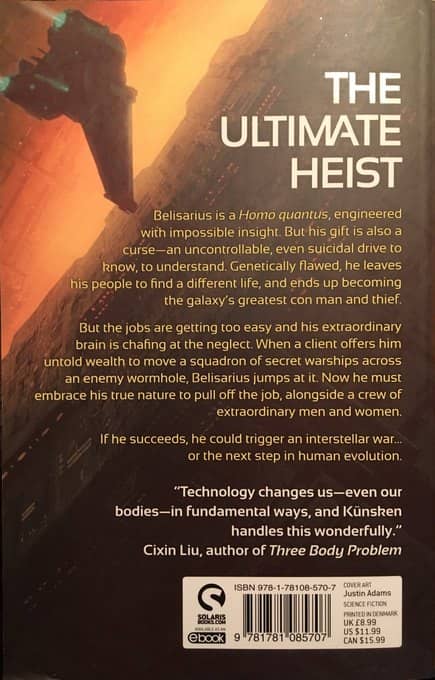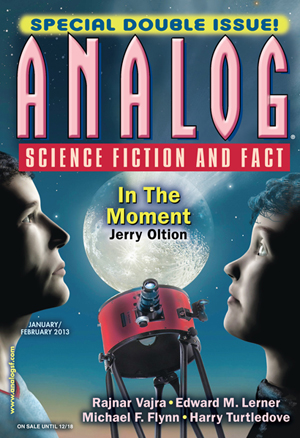I reached out to some friends to help me with A (Black) Gat in the Hand, as I certainly can’t cover everything and do it all justice. Our latest guest is author and fellow Black Gater, Joe Bonadonna. Last week, Joe delivered an in-depth look at hardboiled adaptations on the silver screen. So, here’s part two!
Hardboiled Film Noir: From Printed Page to Moving Pictures (Part Two)
“You’re the second guy I’ve met within hours who seems to think a gat in the hand means a world by the tail.” — Phillip Marlowe in Raymond Chandler’s The Big Sleep
 And now, on to Raymond Chandler, one of the two writers who inspired my Heroic Fantasy, the other being Fritz Lieber, another pulp magazine maestro. Considered by many to be a founder of the hard-boiled school of detective fiction, along with Dashiell Hammett, James M. Cain and other Black Mask writers, Chandler had been an oil company executive who turned to writing after he lost his job during the Great Depression.
And now, on to Raymond Chandler, one of the two writers who inspired my Heroic Fantasy, the other being Fritz Lieber, another pulp magazine maestro. Considered by many to be a founder of the hard-boiled school of detective fiction, along with Dashiell Hammett, James M. Cain and other Black Mask writers, Chandler had been an oil company executive who turned to writing after he lost his job during the Great Depression.
To me, his prose is pure poetry, his use of simile and metaphor, his imagery and turn of phrase are top notch. His novel, The Big Sleep, was turned into a motion picture in 1946, starring Humphrey Bogart as Philip Marlowe. His Lady in the Lake (1947) became an interesting vehicle for Robert Montgomery (the father of Bewitched’s Elizabeth Montgomery.) Farewell, My Lovely was first filmed as Murder, My Sweet (1944), starring Dick Powell. Chandler’s novel, The High Window, was filmed twice: first as Time to Kill (1942) and again in 1947 as The Brasher Doubloon. Chandler also had a lucrative career as a Hollywood screenwriter.
In 1944 he scripted (along with director Billy Wilder) James M. Cain’s masterpiece, Double Indemnity, wrote an original screenplay called The Blue Dahlia (1946), and co-wrote (along with Whitfield Cook and Czenzi Ormonde) the screenplay for Alfred Hitchcock’s Strangers on a Train (1951), which was based on the novel by Patricia Highsmith, the author of The Talented Mister Ripley and Ripley’s Game.
For me, the 1940s also gave us the last of what I consider to be the truly great gangster films of Hollywood’s Golden Age. High Sierra, released in 1941 and based on the novel by W.R. Burnett, was a departure from the usual gangster epic, in that it portrayed a much more sympathetic criminal, Roy Earle (played by Humphrey Bogart.)
Bogart also played the character of Vincent Parry in Dark Passage (1947), which was written for the screen by David Goodis, who adapted his own novel. Another film, based on the play by Maxwell Anderson, was 1948’s Key Largo, the perfect blend of old-school gangster and the new wave of film noir, and it was a tour de force for Bogart, Edward G. Robinson and Claire Trevor.
…
Read More Read More













